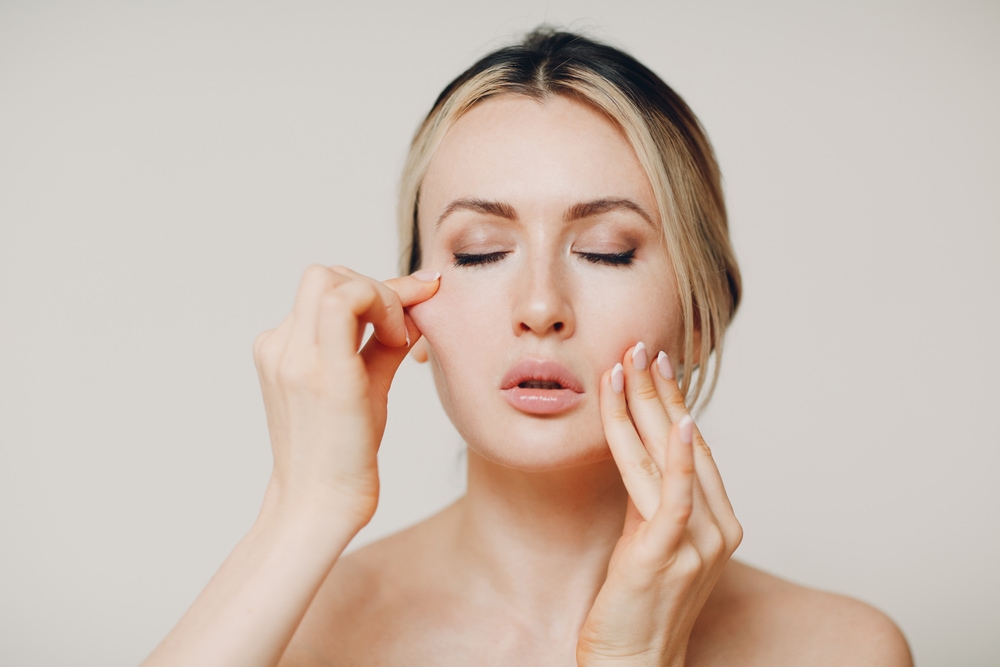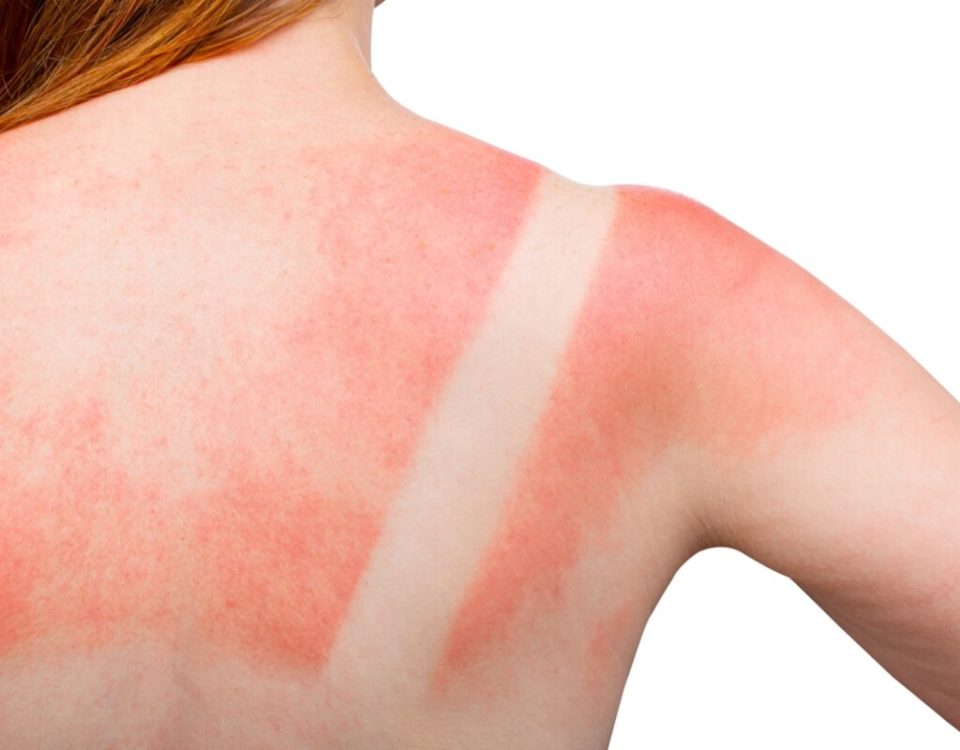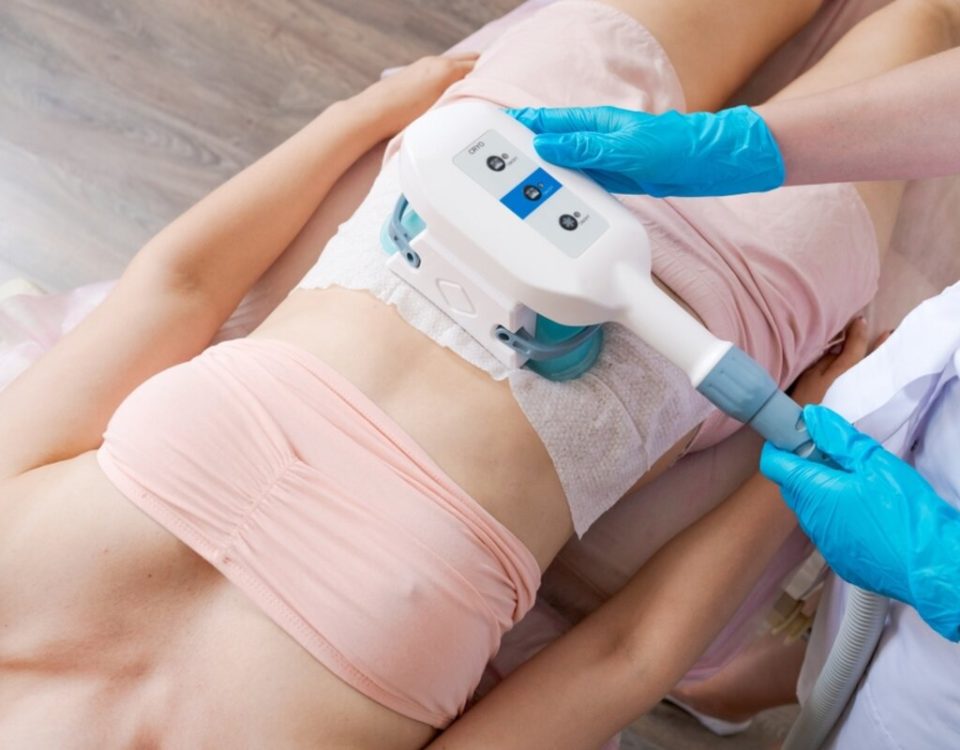
UV Ray Exposure and Your Skin
January 20, 2022
Medications + Facial Treatments: What You Should Know
February 24, 2022Your skin is the foundation of your appearance. It is the first thing that people see when they look at you, and it is your first line of defense against the wear and tear of everyday life. As such, you want to make sure that your skin is resilient by keeping it healthy, hydrated, and well-maintained as much as possible.
You may wonder what exactly is a resilient skin? Do you have resilient skin? Resilient skin is the idea that your skin can recover from damage or injury more quickly than average.
In this blog, we will discuss two different types of resilient skin: dry and oily. Our skincare experts have provided detailed insight on dry and oily resilient skin, as each has its own benefits and setbacks. We encourage you to continue reading to learn and better understand your skin type.
What Is Dry Resilient Skin?
Dry resilient skin is a type of skin that easily recovers from wounds and blemishes but lacks moisture because sebum production has not yet started at full speed. Dry resilient skin is usually found on babies, young children, and people who live in cold, dry climates. The skin is thin and delicate but has a strong ability to heal itself.
Benefits of Having Dry Resilient Skin
- You are not susceptible to acne. Acne is caused by blocked pores, which can be caused by excess sebum production or dead skin cells. Since dry resilient skin does not produce sebum at full speed, it is less likely to cause acne problems.
- Early signs of aging are less likely to appear. Dry resilient skin is not prone to wrinkles and fine lines, and it can heal itself more quickly if damage does occur.
Disadvantages of Having Dry Resilient Skin
- The skin requires more maintenance than other types of skin. You have to make sure that your skin stays hydrated and moisturized, especially during the winter months when there is little sunlight. It also requires regular exfoliation, so dead cells do not accumulate on top of one another and clog pores or cause breakouts.
- Dry resilient skin often feels tight and uncomfortable, and it can be prone to cracking. Most times, it can be easily maintained by using moisturizers and serums that contain hyaluronic acid, glycerin, or other humectants to draw water from the air into your skin cells and keep them plump.
What Is Oily Resilient Skin?
Oily resilient skin is a type of skin that easily recovers from wounds and blemishes, but it produces too much sebum. Oily resilient skin is usually found on teenagers, young adults, and people who live in warm, humid climates. The hormones are actively producing sebum at full speed, leading to the overproduction of oil on your face.
Benefits of Having Oily Resilient Skin
- Your skin doesn’t experience dehydration and dryness. Since your sebaceous glands are working overtime, you will always have a protective layer of oil on your face.
- Your skin is not vulnerable to early signs of aging. The oil produced by your sebaceous glands will help to keep your skin elastic and healthy, thus keeping you looking youthful and glamorous even in your old days.
- Oily resilient skin is also more resistant to the damaging effects of sunlight and pollution. The oils produced by your sebaceous glands will help protect your skin from the harmful UV rays of the sun.
Disadvantages of Oily Resilient Skin
- The skin can be prone to acne and breakouts. If your sebaceous glands produce too much oil, then you may experience clogged pores or blackheads.
- Oily skin can be shiny and greasy making it more difficult to clean especially if you’ve out and about. Most times, you may require to frequently wipe or wash your face to remove the excess oil.
How to Distinguish Between Dry and Oily Resilient Skin
The easiest way to distinguish between dry and oily skin is by looking at your t-zone. The t-zone is the area of your face that includes your forehead, nose, and chin. If you have an oily t-zone, you likely have oily resilient skin. If you have a dry t-zone, you likely have dry resilient skin.
However, there are other ways to distinguish between dry and oily resilient skin. Dry resilient skin has wrinkles that are etched into the surface of your face, whereas oily resilient skin is more prone to having blemishes like blackheads or pimples.
Another way you can tell if you have dry or oily resilient skin is by looking at the pores on your face. If your pores are large and open, you have oily resilient skin. If your pores are small and closed, you have dry resilient skin.
How to Get a Resilient Skin Type

Regardless of whether you have dry or oily resilient skin, there are steps that you can take to improve the health of your skin.
If you have dry resilient skin, you should use a gentle cleanser that does not contain soap. You should also use a moisturizer every day, and you may want to consider using a humidifier in your home. Also, consider using sunscreen with an SPF of 30 or higher.
If you have oily resilient skin, you should use a cleansing gel or foam to remove the excess oil from your face. You should also use a moisturizer every day, but you may want to choose an oil-free formulation.
Regardless of your skin type, it is important that you wear sunscreen when in the sun and always remove your makeup at night. You should also wash off any dirt or pollution from your face after being outside for prolonged periods.
Get an Effective Skin Care Routine With Spa MD
At Spa MD, we can help you find the best treatments for your dry or oily resilient skin. We offer a variety of services that are designed to improve the health, feel and appearance of your skin. Contact us today to schedule a free consultation!
New Clients:
$35 deposit for all new clients
Cancellation/No Show Policy:
$35 fee for all no show, no call and any cancellations less than 24hrs before the start of your appointment.Any prepaid services will be forfeited.
Call us at +1(651)222-4490
Email us at SpaConsultantsMD@gmail.com
or, Schedule a free consultation
We are located on the main level inside of the Blair Arcade Building. We validate parking in the lot connected to the building off of Selby. Be sure to bring your ticket in with you!
Business Hours:
Monday: 9:00am - 8:00pm
Tuesday: 9:00am - 5:00pm
Wednesday: 9:00am - 8:00pm
Thursday: 9:00am - 8:00pm
Friday: 10:00am - 5:00pm
Saturday: 9:00am - 2:00pm (3 Saturdays per month- please call or email for more information)




